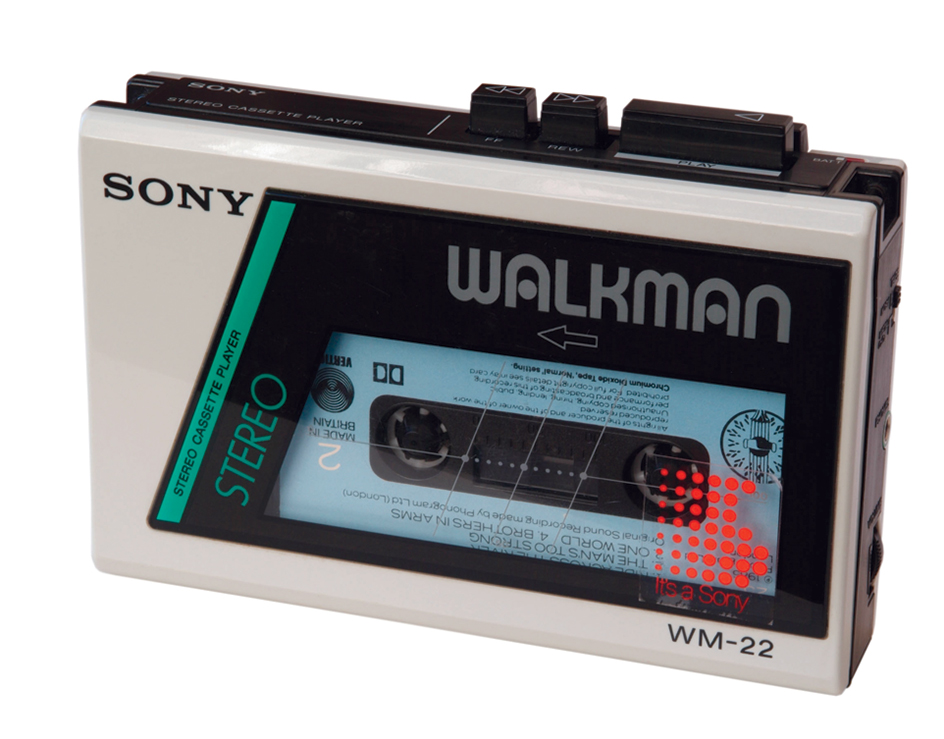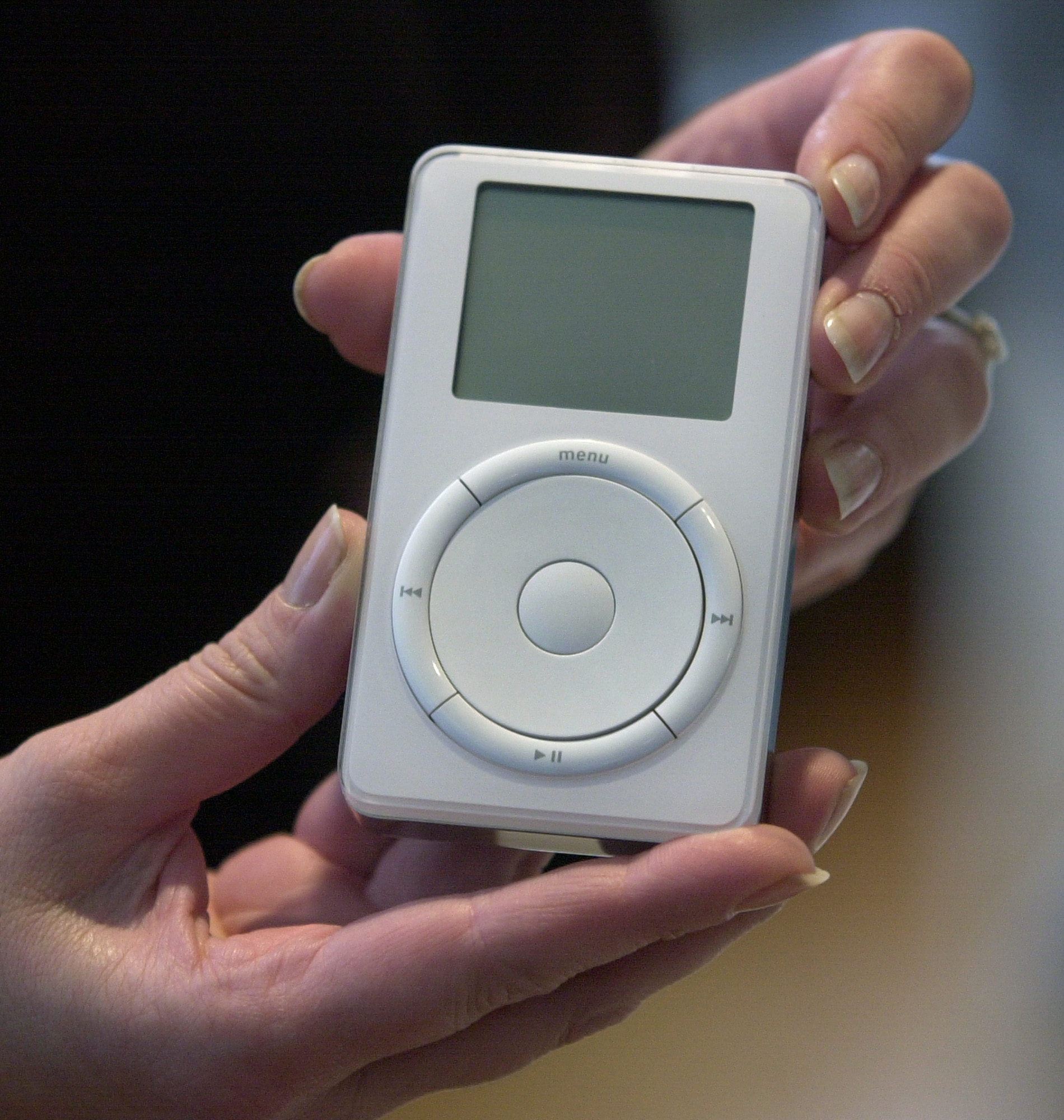Portable media player, sometimes abbreviated PMP, is a small device used to view or play media, such as audio, video, and text. Modern PMP’s also download and store such media using digital technology. This technology involves storing media in the form of computer files. The digital files are typically transferred to a PMP from a personal computer or downloaded directly from the Internet. Modern PMP’s often have video screens that use either liquid crystal display (LCD) or light-emitting diode (LED) technology (see Liquid crystal ; Light-emitting diode ). Many PMP’s are controlled with touch screens, rather than traditional keyboards or other controls. Many mobile phones function as PMP’s.

The first portable media player was Sony’s Walkman, introduced in 1979. It used analog (nondigital) audiocasettes to play music. In 1984, Sony introduced the Discman. It could play music digitally stored on compact discs (CD’s). Soon afterward, many manufacturers developed their own lines of portable music players.
In the late 1980’s, a panel of media technology specialists called the Moving Picture Experts Group began designing a process called MPEG. MPEG compresses high-quality digital audio and video files, making them smaller for easy transfer and storage. For example, popular music files called MP3’s use a type of MPEG compression. Such files are small enough to quickly download over the Internet. Modern PMP’s play and store similar digital files. Apple Inc.’s iPod, introduced in 2001, became a popular PMP.

See also Apple Inc. ; Recording industry (History) ; Sony Corporation .
